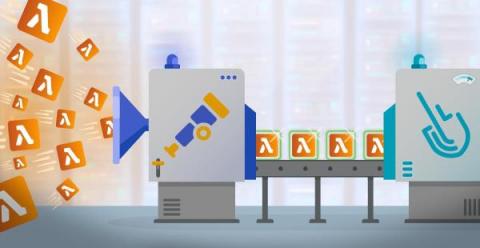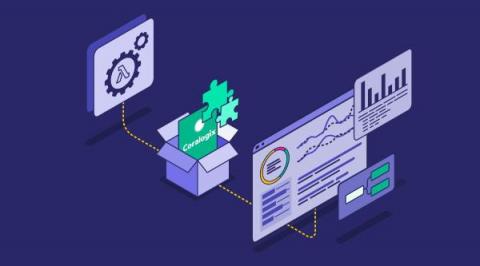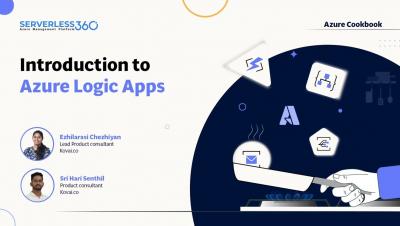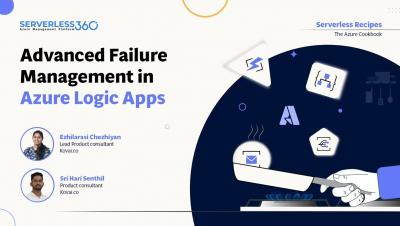Expanded Datadog Lambda extension capabilities with the AWS Lambda Telemetry API
In 2021, we partnered with AWS to develop the Datadog Lambda extension which provides a simple, cost-effective way for teams to collect traces, logs, custom metrics, and enhanced metrics from Lambda functions and submit them to Datadog.











